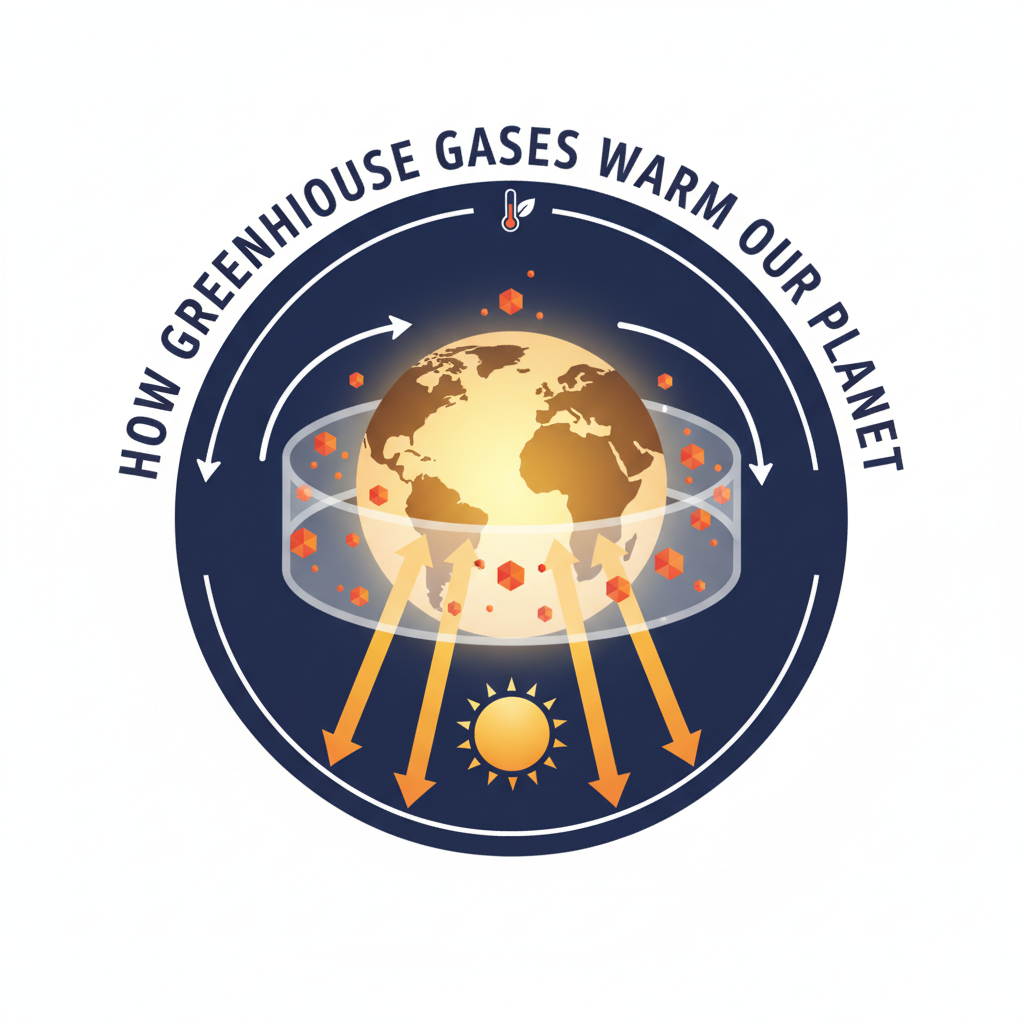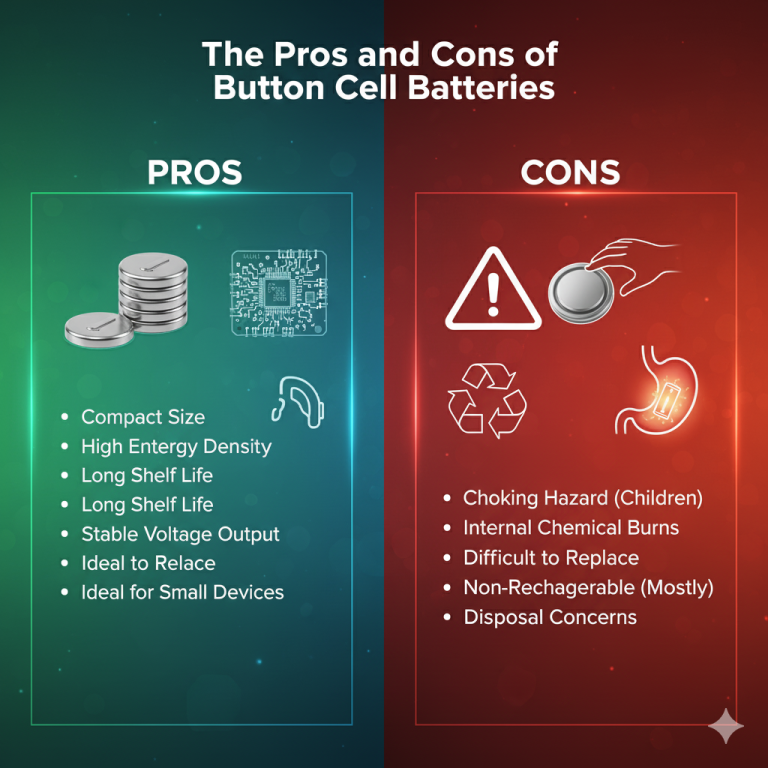How Greenhouse Gases Warm Our Planet?
The fundamental mechanism behind how greenhouse gases affect Earth’s climate is best explained by a natural and essential process known as the Greenhouse Effect, which is a masterful interplay between solar radiation and our planet’s atmosphere. The process begins when high-energy, shortwave solar radiation from the sun travels through space and penetrates Earth’s atmosphere. A portion of this incoming sunlight is reflected back into space by clouds and atmospheric particles, but a significant amount reaches and warms the Earth’s surface. The warmed land and oceans then re-emit this absorbed energy back towards space as long-wave infrared radiation, or heat. This is where greenhouse gases become crucial. While our atmosphere is largely transparent to incoming solar radiation, certain gaseous molecules, including carbon dioxide (CO2), water vapor (H2O), methane (CH4), and nitrous oxide (N2O), are selectively absorbent to this outgoing heat. These gases have molecular structures with three or more atoms that allow them to vibrate when they absorb the specific wavelengths of infrared radiation, effectively trapping the thermal energy within the atmosphere for a period before re-emitting it. This natural thermal blanketing effect is what keeps our planet habitable, preventing the Earth from being a frozen, lifeless rock.
However, human activities, primarily the burning of fossil fuels like coal, oil, and natural gas, along with widespread deforestation and industrial agriculture, have dramatically intensified this natural effect, leading to an enhanced greenhouse effect and global warming. For centuries, the concentration of greenhouse gases in the atmosphere remained relatively stable, creating a balanced planetary energy budget. Now, we are releasing vast quantities of these heat-trapping gases, especially carbon dioxide, at a rate far faster than natural sinks like forests and oceans can absorb them. The increased concentration of these gases means more of the outgoing infrared radiation is absorbed and re-radiated back toward the Earth’s surface, instead of escaping into space. This process disrupts the planet’s delicate energy equilibrium, causing a net gain of heat and a consequent rise in global average temperatures, a phenomenon we call global warming. This warming, in turn, drives climate change, triggering a cascade of effects including the melting of polar ice caps and glaciers, sea level rise, more frequent and intense extreme weather events, and large-scale shifts in weather patterns and ecosystems, fundamentally altering the delicate balance that has sustained life for millennia.
Frequently Asked Questions
Question: What are the main greenhouse gases?
Answer: The primary greenhouse gases are water vapor, carbon dioxide, methane, nitrous oxide, and synthetic fluorinated gases.
Question: Is the greenhouse effect a bad thing?
Answer: No, the natural greenhouse effect is essential for life, as it keeps Earth warm. The problem is the human-enhanced effect that is causing excessive warming.
Question: What is the biggest contributor to the enhanced greenhouse effect?
Answer: The burning of fossil fuels for energy and transportation is the single largest source of carbon dioxide emissions driving the enhanced effect.
Question: How do we know humans are responsible for the increase in greenhouse gases?
Answer: Scientific analysis of the isotopic signature of carbon in the atmosphere confirms that the excess CO2 comes from the combustion of fossil fuels, not natural sources.
Question: What is the difference between the greenhouse effect and global warming?
Answer: The greenhouse effect is the process. Global warming is the observed increase in Earth’s average surface temperature that results from the enhanced greenhouse effect.
Question: Do all gases contribute to the greenhouse effect?
Answer: No, the major components of our atmosphere, nitrogen and oxygen, are not greenhouse gases. Only specific polyatomic gases can absorb and re-emit infrared radiation.
Question: Which greenhouse gas is the most potent?
Answer: Molecule for molecule, methane is a much more potent greenhouse gas than CO2, but it is less abundant and has a shorter atmospheric lifetime.
Question: How do oceans influence the greenhouse effect?
Answer: Oceans absorb about a quarter of human-emitted CO2, mitigating warming, but this leads to ocean acidification, which harms marine life.
Question: Can we reverse the greenhouse effect?
Answer: We cannot eliminate the natural effect, nor would we want to. However, we can work to reduce the human-enhanced effect by transitioning to clean energy and enhancing carbon sinks.
Question: What is climate feedback in this context?
Answer: A feedback is a process that can amplify or diminish the initial warming. For example, warming melts ice, which reduces Earth’s reflectivity, leading to more absorption of sunlight and further warming.
Keywords: greenhouse gases, greenhouse effect, global warming, climate change, carbon dioxide, infrared radiation, solar radiation, fossil fuels, enhanced greenhouse effect, atmosphere, thermal blanket, energy budget, methane, nitrous oxide, water vapor, heat trapping, global temperature rise
Tags: #GreenhouseEffect #ClimateScience #GlobalWarming #CarbonDioxide #ClimateChange #AtmosphericScience #Sustainability #Environment #CleanEnergy #InfraredRadiation







